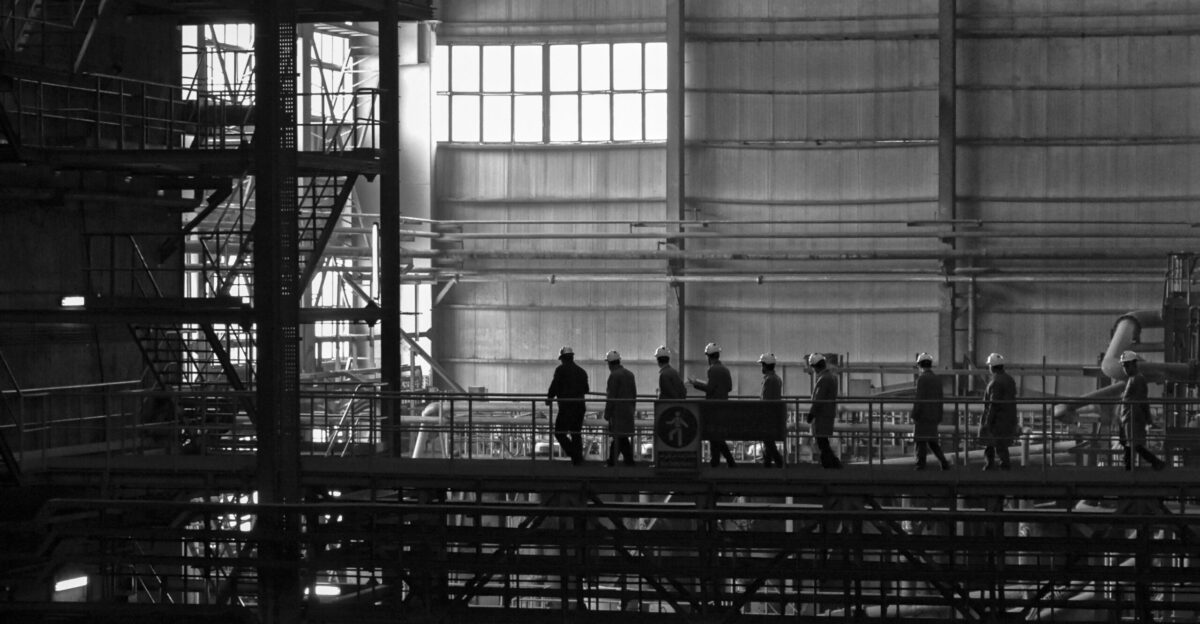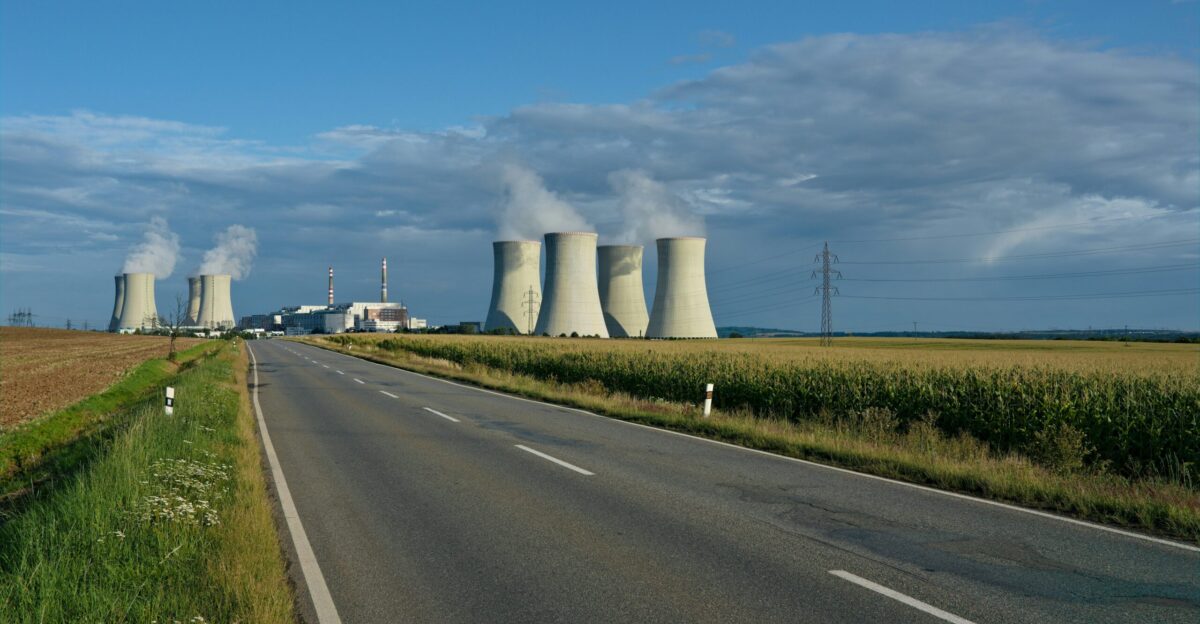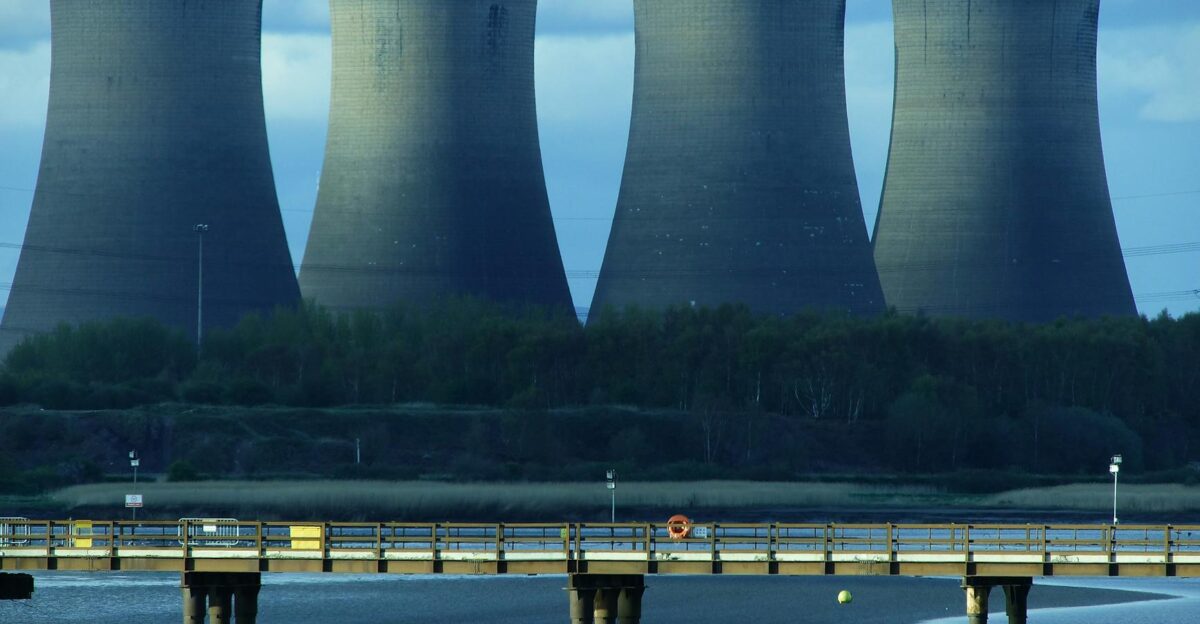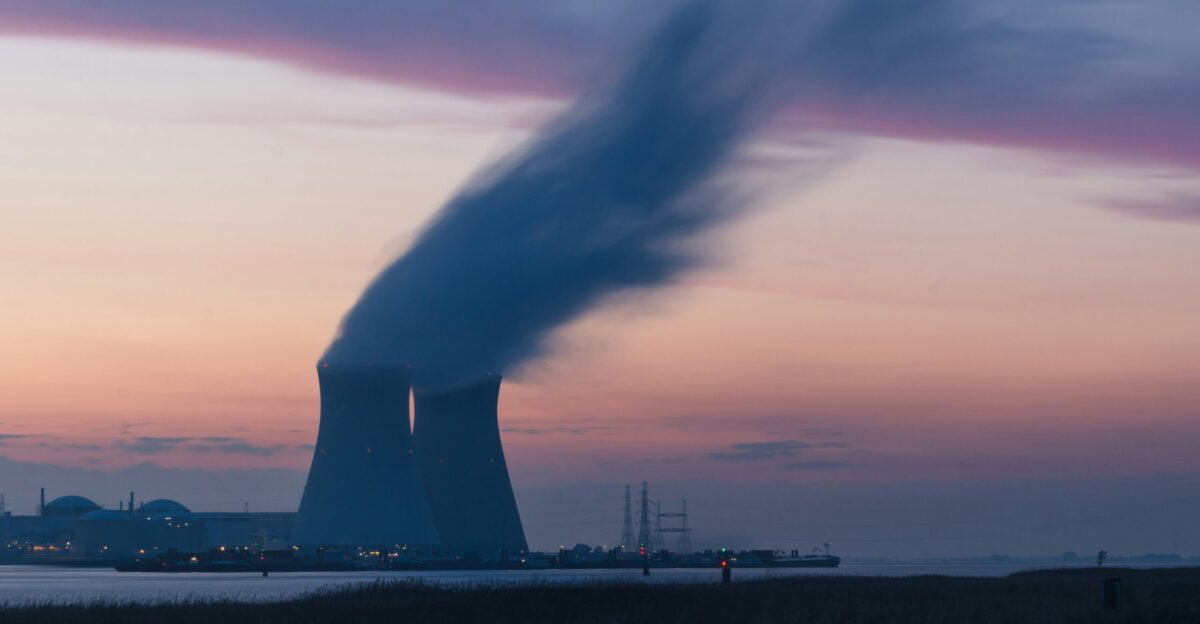
Global demand for nuclear power is rising as countries work to meet carbon reduction goals and maintain energy security. The International Energy Agency projects that nuclear capacity must double by 2050 to reach net-zero emissions.
However, traditional reactor designs are facing increased costs and delays, underscoring the urgent need for innovative technologies. Major nations view nuclear innovation as essential for economic competitiveness and climate leadership.
Strategic Stakes

Geopolitical tensions over energy supplies have heightened, particularly affecting European nations. In this environment, nuclear technology offers a pathway to energy independence and export opportunities, with the global reactor market valued at around $65 billion annually.
Countries with advanced reactor designs can gain substantial diplomatic and industrial advantages, making the competition for next-generation nuclear technology a significant global issue.
Nuclear Renaissance

Renewed interest in nuclear power has emerged due to the urgent need to combat climate change and reduce carbon emissions. After a long period of skepticism following high-profile accidents, nuclear energy is being recognized as a reliable, carbon-free baseload source.
The advent of small modular reactors (SMRs) and advanced designs presents safer, more economical options compared to traditional large-scale plants. Consequently, many governments are reversing phase-out policies, acknowledging nuclear’s essential role in the clean energy transition.
Innovation Pressure

Aging infrastructure is a major issue for nuclear fleets, with many reactors nearing the end of their lifespan in the next twenty years. Construction costs for traditional plants have increased, often resulting in budget overruns and delays.
Advanced nuclear technologies offer promising solutions with simplified designs and enhanced safety, but prompt action is essential to deploy new capacity and meet climate goals.
Historic Partnership

In September 2025, the United Kingdom and the United States launched the Atlantic Partnership for Advanced Nuclear Energy, focusing on joint development of next-generation reactor technologies.
UK Energy Secretary Ed Miliband called it the start of a “golden age of nuclear,” expected to create around 2,500 new skilled jobs in both countries. A significant impact is anticipated at Hartlepool, where a major project by X-Energy and Centrica will enhance local employment.
Regional Impact

The UK’s nuclear sector is set to grow significantly thanks to enhanced American investment and collaboration.
Key sites in Cumbria, Somerset, and Hartlepool expect workforce expansions as joint projects develop, with regional agencies foreseeing positive impacts on related industries and services.
Worker Stories

Nuclear engineers and technicians in the UK and the US are excited about career opportunities in advanced reactor development. At Hartlepool, engineers are particularly focused on the prospects of deploying small modular reactors (SMRs).
American nuclear workers appreciate the collaboration with UK experts in reactor design, which complements US manufacturing. Training programs are being launched to prepare the workforce for next-generation technologies.
Industry Response

Nuclear powers like France and China are monitoring the UK-US partnership for its market and diplomatic advantages.
In response, EDF is speeding up its advanced reactor development, while regulatory agencies in both countries are harmonizing safety standards to accelerate project timelines and expand export opportunities.
Global Context

The UK-US nuclear partnership illustrates a growing trend of strategic technology alliances among democracies facing authoritarian challenges. China’s rapid nuclear expansion and Russia’s reactor exports have prompted Western nations to bolster their nuclear sectors.
Since 2020, international nuclear cooperation agreements have risen by 40%, highlighting the need for reliable partnerships in energy security.
Regulatory Revolution

The partnership features groundbreaking regulatory cooperation, with both countries agreeing to mutual recognition of safety assessments.
This could reduce new reactor approval times from over three years to under two, significantly improving traditional processes. Industry experts consider this framework a game-changer for global competitiveness.
Industry Tensions

Traditional nuclear contractors voice concerns about increased competition from new entrants enabled by streamlined regulations and government backing.
Established companies worry that a rapid technology shift could obsolete existing expertise and infrastructure investments. Labor unions call for guarantees that new jobs match or exceed current skilled employment levels.
Leadership Changes

Since July 2024, Energy Secretary Ed Miliband, appointed under the Labour administration, has spearheaded the UK’s nuclear policy. Both countries have created specialized leadership teams focused on advanced reactor deployment.
The UK initiated an Advanced Nuclear Delivery Office, and the US established an International Nuclear Cooperation Division, signaling long-term commitment.
Strategic Plans

The Atlantic Partnership outlines milestones to demonstrate advanced reactors by 2030 and target full deployment in the early 2030s. Joint research facilities, multi-billion-pound funding commitments, and public-private investment will drive development.
The partnership builds on earlier initiatives, including the Civil Nuclear Roadmap announced in January 2024.
Expert Skepticism

Despite the optimism, industry analysts caution that advanced reactors remain unproven commercially. Historically, nuclear projects have often exceeded budgets and schedules.
Some experts argue that renewables are declining in cost faster than new nuclear can be deployed, while others insist both will be needed for net-zero.
Future Questions

The partnership’s ultimate success will depend on whether advanced reactor designs deliver on promised cost and safety gains.
Public acceptance is uncertain, especially in communities with lingering perceptions from previous nuclear incidents. The next five years will be critical to demonstrating the validity of these advances.
Political Implications

This alliance strengthens UK-US strategic ties but could complicate multilateral relationships, as the EU and other allies weigh their nuclear strategies.
The deal is already shaping election debates and marks nuclear power as a significant political issue requiring sustained support across administrations.
International Ripples

The Anglo-American initiative is expected to spur similar bilateral nuclear deals among allies seeking to compete with Russia and China.
Countries like Japan, South Korea, and Australia are exploring new nuclear partnerships, potentially shifting global trade and technology patterns.
Environmental Debate

Environmental groups remain divided. Some see advanced nuclear as essential for climate goals, while others insist on renewables and point to persistent nuclear waste challenges.
Proponents emphasize that SMRs and advanced designs could produce less waste and offer better safety, but environmental skeptics demand demonstrated results.
Generational Shift

Younger engineers and policymakers tend to favor advanced nuclear, driven by climate concerns and technological enthusiasm.
Surveys show growing support for nuclear among climate-conscious demographics. Universities are expanding nuclear engineering programs, reflecting expected workforce demand.
Defining Moment

The Atlantic Partnership for Advanced Nuclear Energy will test whether leading democracies can deliver critical technology at scale in an era of global competition.
Its success could define a model for future alliances in energy and beyond, while failure could reinforce skepticism about nuclear’s role in the net-zero future.